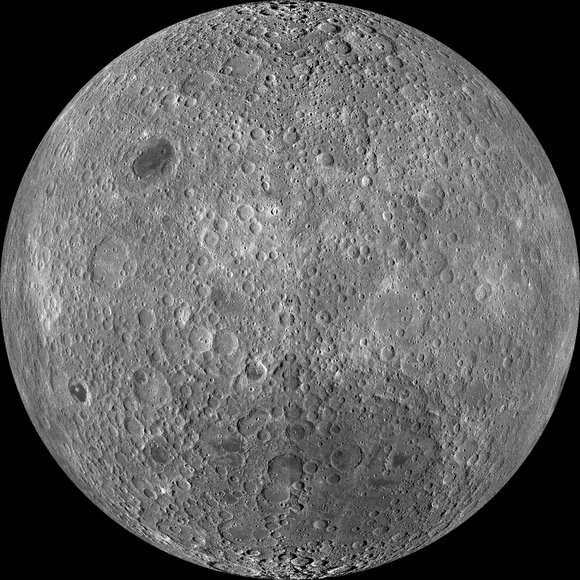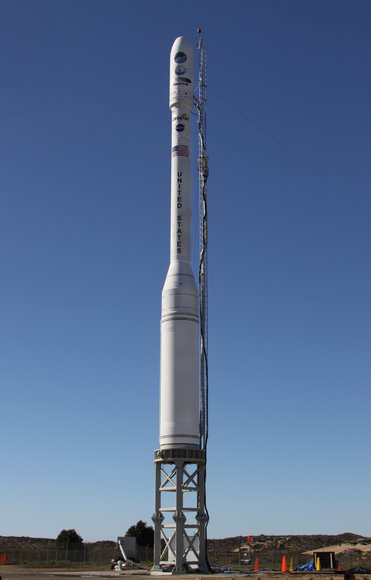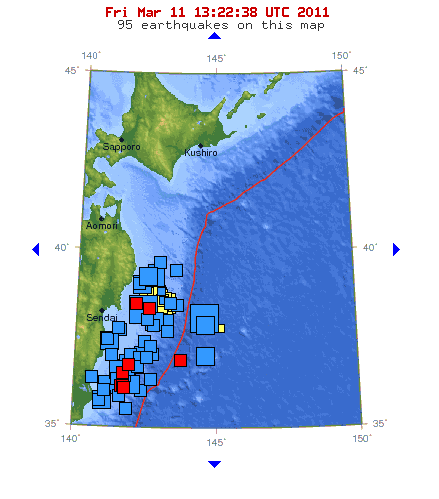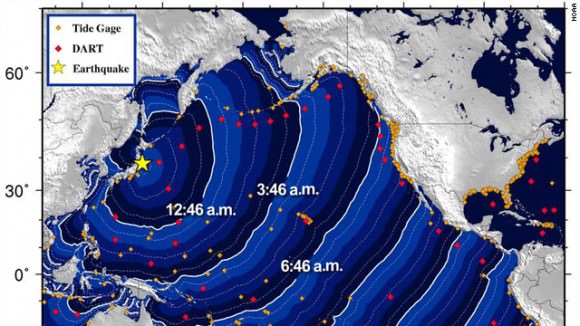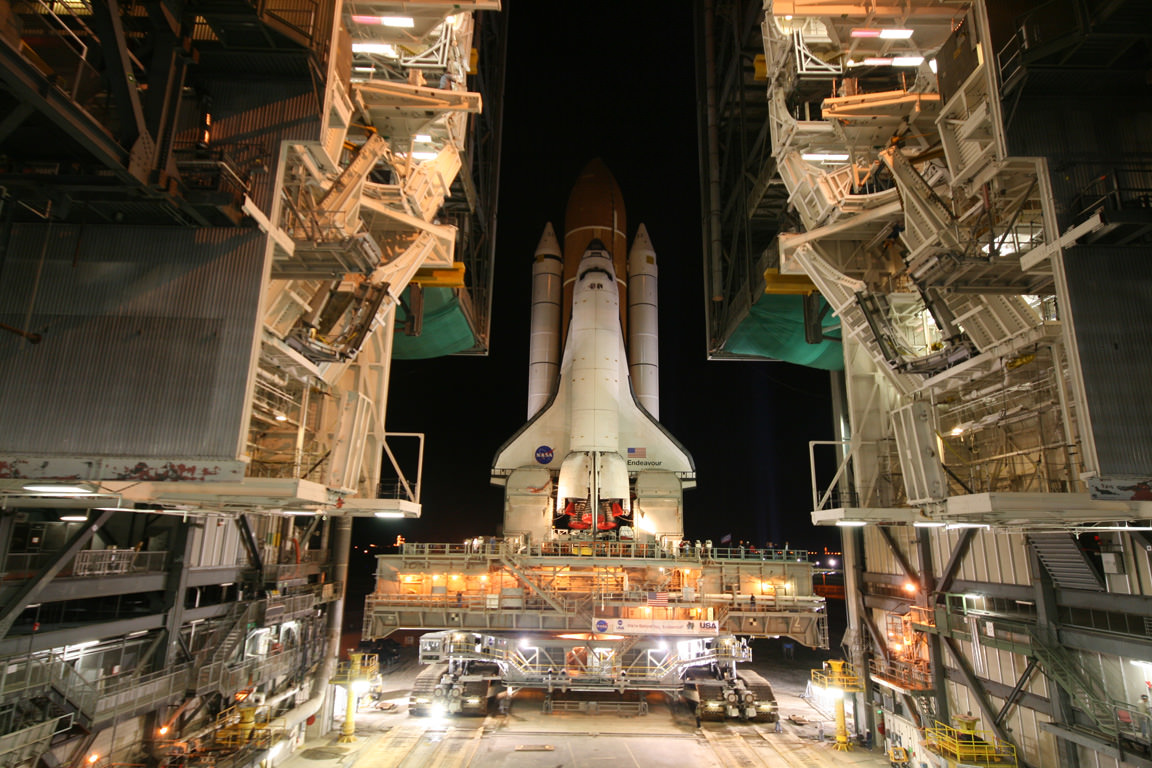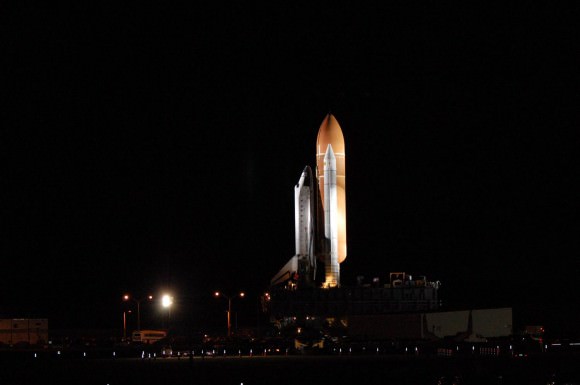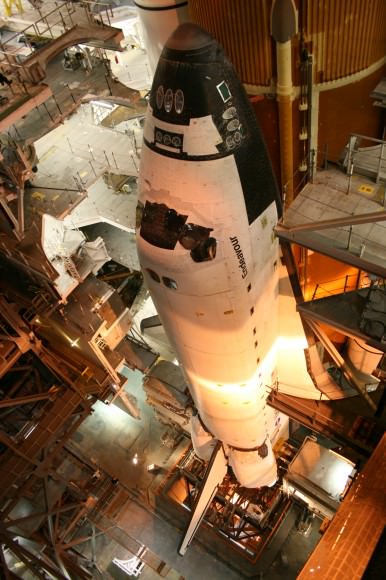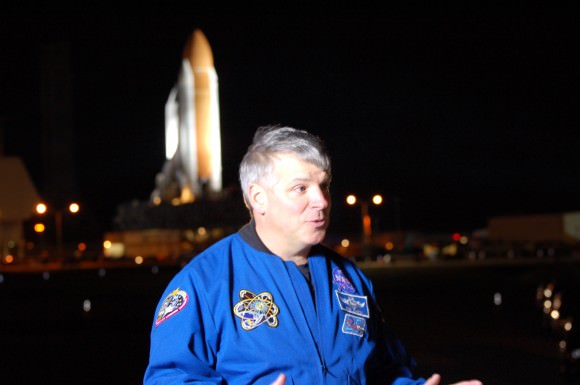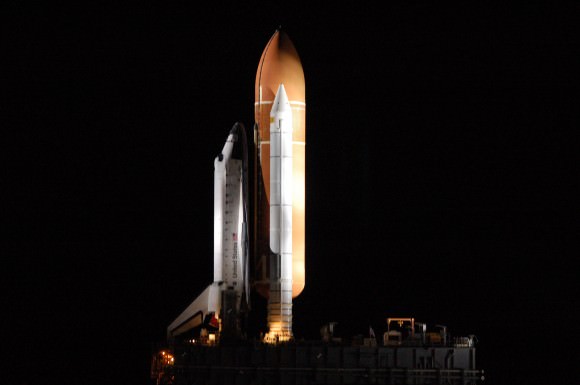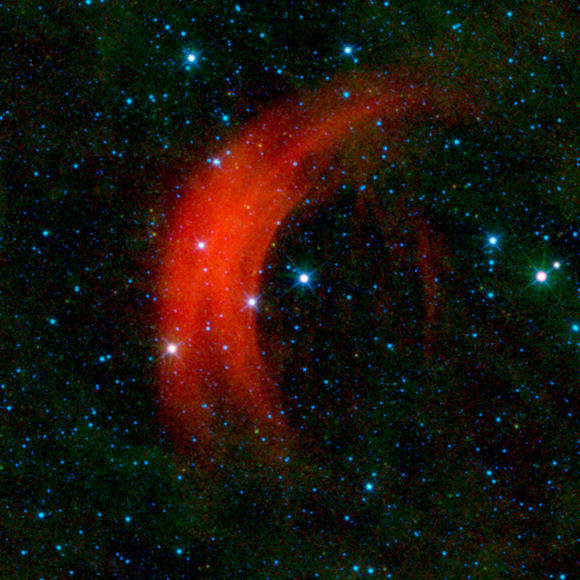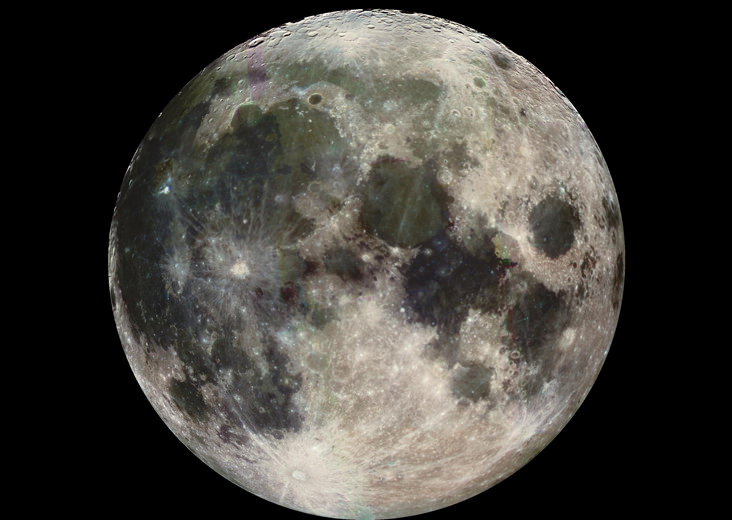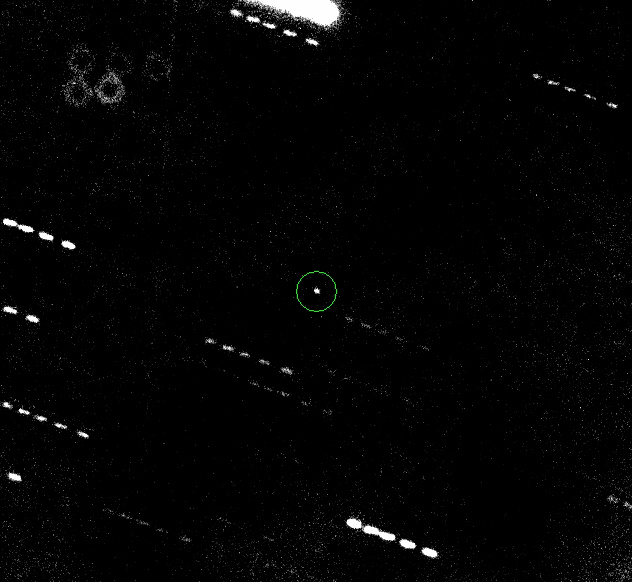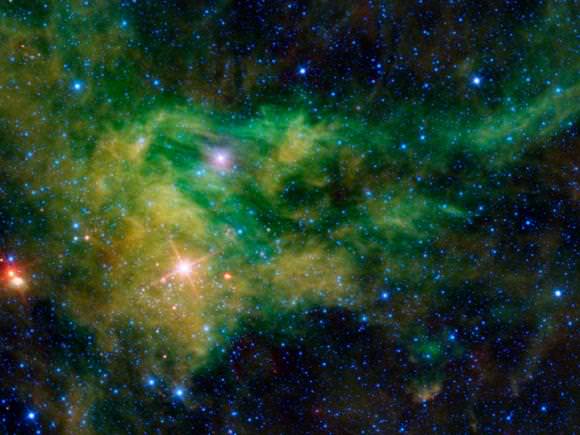[/caption]
Last week’s loss of the $420 million Glory satellite has sent NASA into an intensive investigation to find out why two climate change missions in a row — flying aboard the same type of rocket — crashed due to what apparently was a similar technical glitch. Orbital Sciences out of Dulles, Va. is the company that designed the Taurus XL rocket that hosted both Glory and the Orbiting Carbon Satellite that crashed in 2009. They insisted last week that they’ll bounce back with the Taurus. But they may not be bouncing back on a NASA mission. Joy Bretthauer, NASA’s Glory program executive, acknowledged that the Orbiting Carbon Observatory 2, which will launch in 2013, is contracted to fly on none other than a Taurus XL. That may not stand, she said: “The bottom line is NASA will not fly in a launch vehicle that we do not have confidence in.”
Meanwhile, scores of researchers who poured their hearts into the mission are working to cope with the loss. Greg Kopp, the Boulder, Colorado-based principal investigator on the Total Irradiance Monitor that was supposed to fly aboard Glory, gave a thorough debriefing about his experience for the radio program Colorado Matters, on Colorado Public Radio out of Denver. It airs today.
Rich Straka, deputy general manager for operations for the Orbital Sciences launch systems group, said during a NASA press briefing that the problem with both launches had to do with a protective covering called a clamshell fairing, held onto the vehicle with frangible, or breakable, joints meant to explosively fracture when commanded to do so.
“The fairing is then in two halves and there are piston pushers that push the fairing off,” Straka explained.
But in neither launch — the OCO in 2009 or Glory last week — did the fairing come off the rocket. In both cases, it stayed put and weighed the satellite down, preventing its flight toward orbit.
“We went into this flight confident that we had nailed the fairing issue,” said Ron Grabe, executive vice president and general manager of Orbital Sciences’ launch systems group. “We went so far as to completely change out the initiation system to a system that we use on one of our other vehicles, and in the intervening years that system flew successfully three times.”
Specifically, the company had previously used a hot gas system to drive the pistons that would push the fairing halves apart. But they traced the OCO launch loss to an initiation failure in the hot gas system. Orbital Sciences redesigned the Taurus XL rocket to use a cold gas system, starting with a pressurized bottle of nitrogen, just like the one in use on their Minotaur rocket.
NASA’s Bretthauer said she and others in the agency are heavy-hearted, but also baffled that their review of the OCO failure didn’t rule out the same mishap for Glory.
“We really thought we had it right,” she said. “We obviously never would have launched if we had not strongly believed the OCO failure had been mitigated.”
Kopp, a solar physicist at CU Bouder’s Laboratory for Atmospheric and Space Physics (LASP), said Bretthauer herself has asked a key question during early meetings to investigate the Glory failure: If a thorough investigation by both NASA and Orbital Sciences missed a key problem, how can we trust the process the second time around?
Meanwhile, Kopp and others are regrouping to see how much of Glory’s science can be salvaged. His instrument, the TIM, was supposed to continue an ongoing measure of the sun’s energy reaching Earth, to try to better understand the sun’s role in climate change. For now, older instruments like SORCE are carrying the torch. And it’s possible that development of missions currently in the pipeline — like the Joint Polar Satellite System (JPSS), a collaboration between NASA and NOAA — might be sped up to fill in the gaps.
More information: See also NASA’s Glory and OCO pages, a previous story about the Glory mission, and two stories about the OCO crash in 2009, here and here. This story is cross-posted at anneminard.com.

